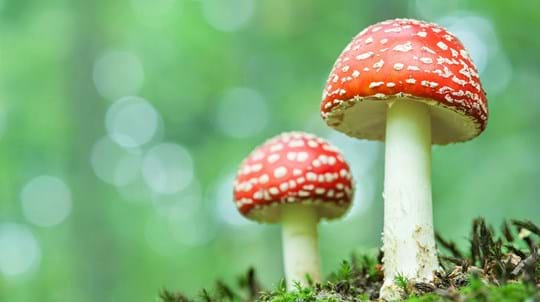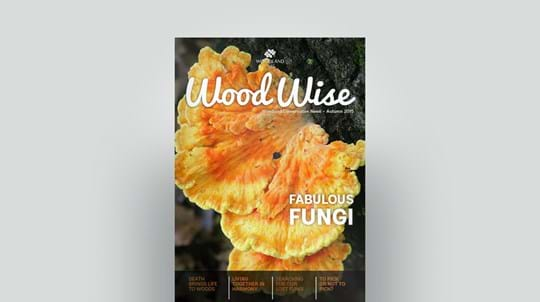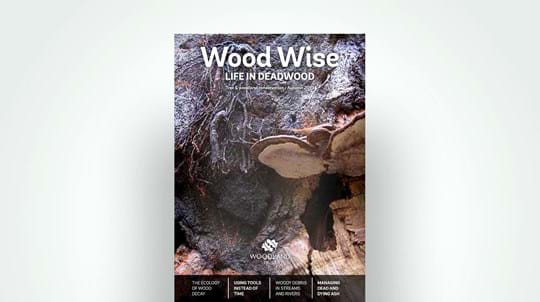
Credit: Sabena Jane Blackbird / Alamy Stock Photo
Value to wildlife
Many kinds of insects and small animals make their home inside King Alfred’s cakes, while caterpillars of the concealer moth (Harpella forficella) are known to feed on them.
King Alfred's cakes are particularly important for the scarce fungus weevil (Platyrhinus resinosus), as the larvae live and develop within their protective walls.












